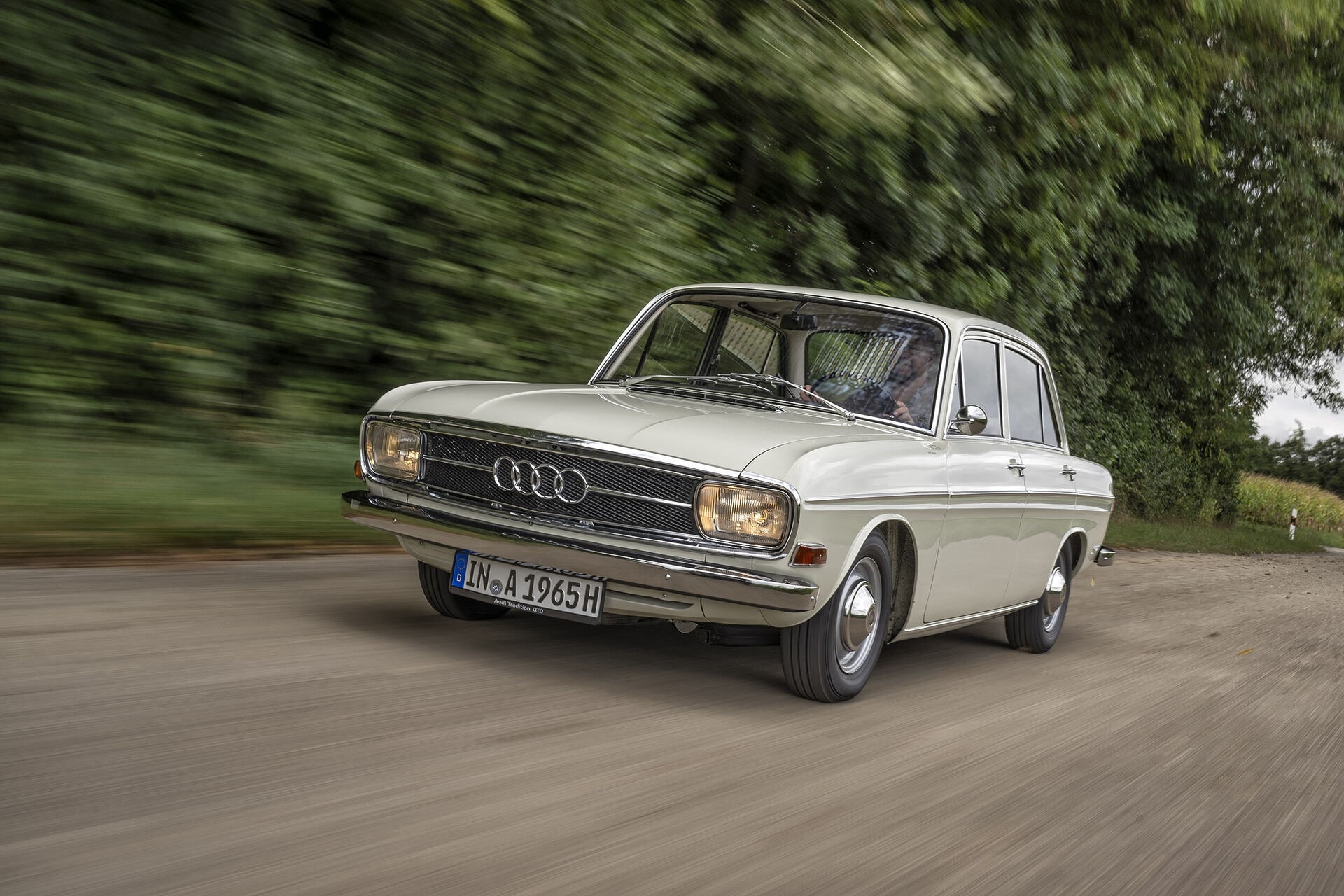
In 2025, Audi celebrates a remarkable milestone—60 years since the introduction of its first post-war automobile, a vehicle that signaled not only the rebirth of a company but also the resilience of German engineering. Emerging from the shadows of World War II, Audi’s journey back onto the automotive stage was neither immediate nor easy. Yet by the mid-1960s, the brand had reestablished itself with a new generation of vehicles that laid the foundation for the global success it enjoys today.
The roots of this revival can be traced to Auto Union, Audi’s predecessor, which had been heavily impacted by the war and its aftermath. Production facilities were dismantled, and for years the company was left without the ability to build passenger cars. It wasn’t until the early 1960s, when Auto Union became part of Daimler-Benz and later Volkswagen, that the brand gained the resources and direction needed to restart production under the Audi name.
The Audi F103 series, the first car to proudly wear the Audi badge since the war. With clean styling, modern engineering, and a reputation for solid build quality, it quickly earned respect and trust in the European market. The F103 was offered with a range of engines and trim levels, introducing drivers to a rejuvenated brand that was ready to compete on merit rather than nostalgia. For many, it represented a new era—one in which Audi could redefine itself for a modern world.
That first post-war car was more than a product; it was a statement of intent. Audi positioned itself as a manufacturer committed to innovation, engineering precision, and understated sophistication. This set Audi on the trajectory that would lead to its eventual reputation as one of the world’s premier premium brands.
From its post-war restart to pioneering technologies such as quattro all-wheel drive in the 1980s, to its cutting-edge electric e-tron lineup today, the brand has consistently evolved while staying true to its core values. Each milestone in that journey is tied to the rebirth of 1965, when the company took its first confident steps into the modern automotive age.
The 60th anniversary is not only a chance to celebrate engineering achievements but also to reflect on resilience. Today, with advancements in electrification, digitalization, and sustainable manufacturing, Audi continues to embody that same spirit of determination that carried it through the 1960s.
As Audi marks six decades since its first post-war car, it does so not just with a glance at the past but with an eye firmly on the future. The company’s history is a testament to perseverance and progress, and the F103 remains a symbol of a turning point—proof that from challenge can emerge reinvention, and from reinvention can come lasting success.